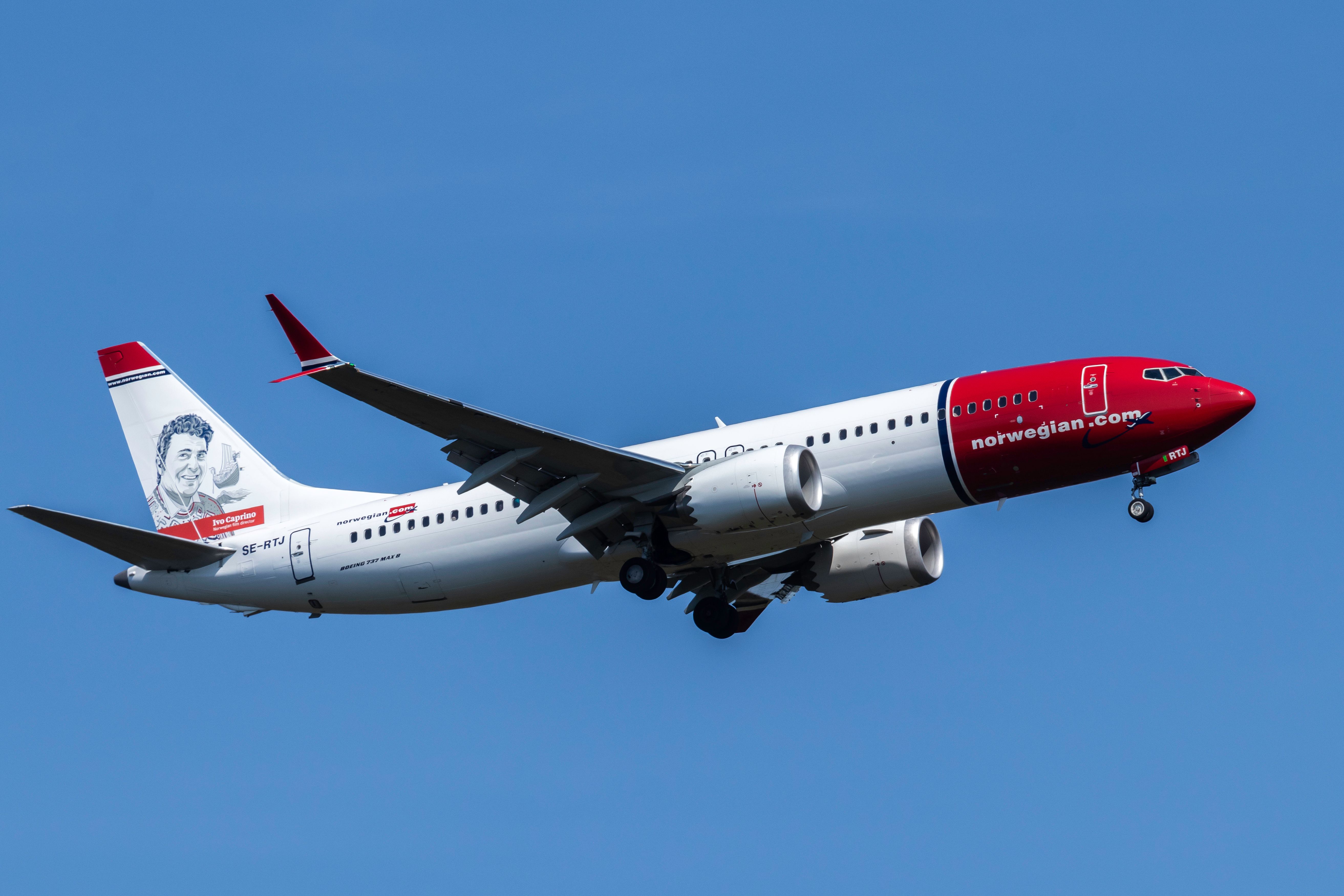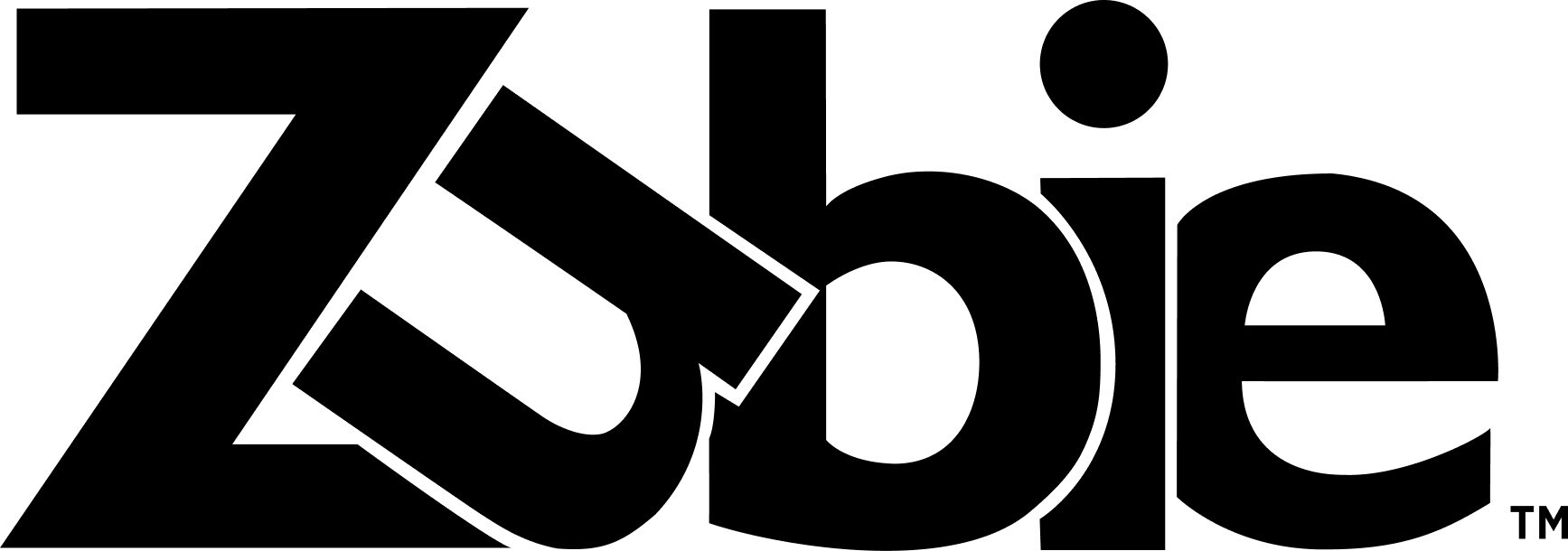As spotted by ch-aviation , Norwegian Air has announced plans to transition to an all- Boeing 737 MAX 8 fleet by 2030, according to its 2024 annual report released on April 10. The low-cost airline aims to meet its climate goal of reducing CO2 emissions by 45 percent by that year, a target that hinges on using a fleet of exclusively MAX 8 aircraft powered by a 20 percent blend of sustainable aviation fuel (SAF). The 737 MAX 8s are an important part of Norwegian's long-term sustainability and cost-cutting plan since they are more fuel-efficient than the older 737-800 NGs that are already in service.
The shift to a single aircraft type supports operational efficiency, environmental performance, and financial flexibility, the carrier said. Norwegian began ordering the MAX 8s in 2022, with 50 aircraft on the way between 2025 and 2028 and options for 30 more, according to the report. The transition marks a move toward owning more of its fleet rather than leasing, which helps lower costs over time.

The airline says SAF and fleet modernization are critical to reaching climate goals, assuming an 80% reduction in life-cycle emissions from SAF. Sustainability Drives Fleet Strategy Norwegian's decision to focus solely on the Boeing 737 MAX 8 is primarily driven by sustainability goals. According to the airline's annual report, "Norwegian's 737 aircraft can fly on up to 50 percent certified SAF today," with a 20 percent blend needed to meet its 2030 emission reduction target.
That goal assumes the entire fleet is composed of MAX 8s, thanks to the model’s lower fuel consumption and emissions. These planes are equipped with advanced LEAP-1B engines and winglets that significantly improve fuel efficiency compared to older models, according to Norwegian's website . The B737 MAX 8 also offers Norwegian operational benefits such as lower fuel costs, better environmental performance, and improved passenger experience.
In response to Simple Flying's inquiry, the airline referred inquiries back to the investor relations webpages for additional details. Fleet Expansion Slows Due To Boeing Delays While Norwegian is committed to growing its fleet, delivery delays from Boeing have impacted short-term expansion plans. The airline now expects to operate 88 aircraft by summer 2025, slightly below its earlier estimate of 90, according to FlightGlobal .
Despite this, CEO Geir Karlsen remains optimistic, noting that three new MAX 8s have already been delivered this year, and production rates appear to be improving. "We do anticipate to take delivery of 11 to 13 aircraft during 2025," Karlsen said in a recent earnings call in February, which would bring the total fleet size to between 94 and 96 aircraft by the end of the year. Most of the MAX 8s are set to replace older Boeing 737-800 NGs, which currently make up the majority of Norwegian's mainline fleet.
Karlsen has stated that the production rate at Boeing is improving, allowing Norwegian to better plan for the peak travel season. Despite slower deliveries, the fleet upgrade remains on track, with the MAX 8s gradually replacing older 737-800 NGs, the carrier said. Many airlines are confident the MAX will be a great aircraft, and its issues are not considered bad enough to switch to the A320neo.
Financial Stability Supports Long-Term Goals In Q1 2025, Norwegian acquired 10 Boeing 737-800s previously on lease, furthering its plan to own more of its aircraft, according to the annual report. The company noted it secured the best financing terms in its history for the first 25 MAX 8s on order. Even with capacity growth slowing to 4 percent in 2025, compared to 13 percent the year before, Norwegian is prioritizing profitability and fleet efficiency over rapid expansion.
A profitability program is also underway to manage rising costs, currency impacts, and prepare for the future. With an operational profit of NOK 1.87 billion in 2024, the second-highest in the company's history, Norwegian maintained a strong financial position.
Revenues grew to NOK 35.3 billion, a 38 percent increase year-over-year, supported by the integration of Widerøe, Norwegian's regional subsidiary. The group's total fleet at the end of 2024 was 135 aircraft, including 49 from Widerøe and 86 from Norwegian itself.
.
Technology

Norwegian Air Targets All-Boeing 737 MAX 8 Fleet By 2030

The B737 MAX 8 can help the carrier cut CO2 emissions by 45%, boost efficiency, and support long-term sustainability goals.















